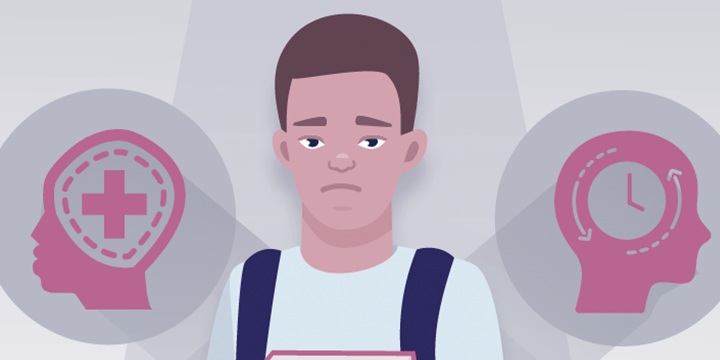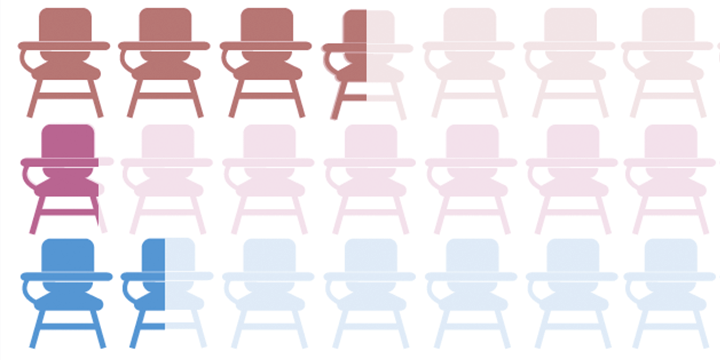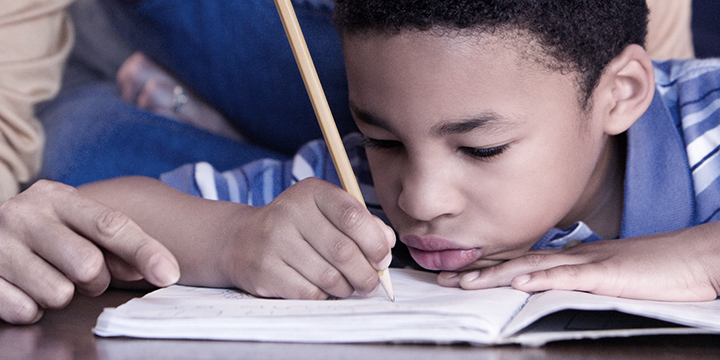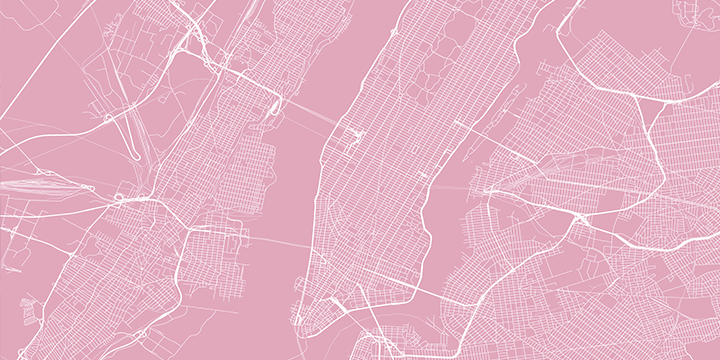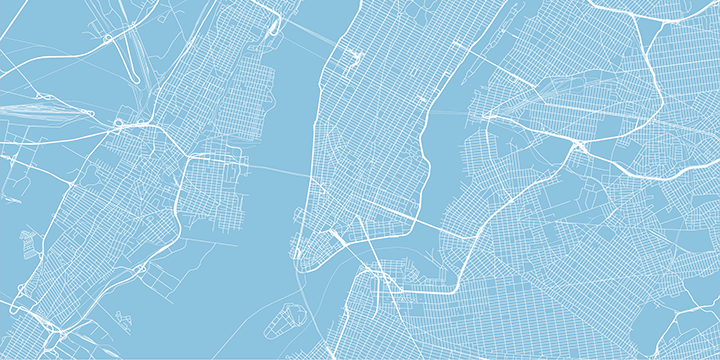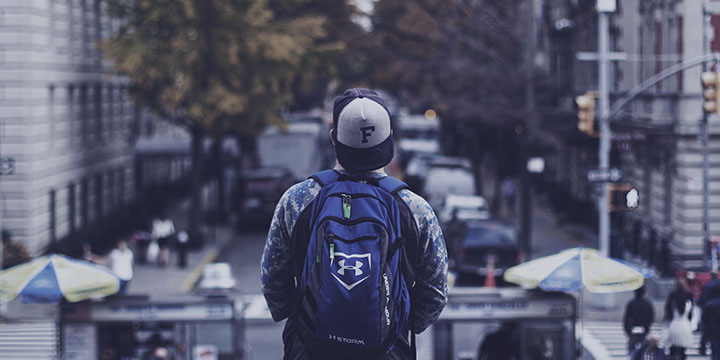
Homeless students graduate at far lower rates than housed students, but data from New York City show that homeless students who maintain stability in high school graduate at similar rates as housed students. This presentation will identify crucial school stability factors that help homeless students graduate on time, as well as discuss the college readiness…
Read More

Homeless high school students consistently reported poorer school climates than their housed peers. This session will focus on the use of data to explore differences in school climate among homeless and housed students. Participants will be shown school climate-related data (bullying, school safety, rules and norms, support from teachers and other adults) from 21 states…
Read More

Introduction To the over 360,000 high school students who experience homelessness every year, school is often the only constant in their otherwise highly mobile and unpredictable lives.1 The many struggles that often accompany housing instability, such as physical and mental health issues, sleep deprivation, hunger, sexual violence, substance use, chronic absenteeism, and mid-year school transfers,…
Read More
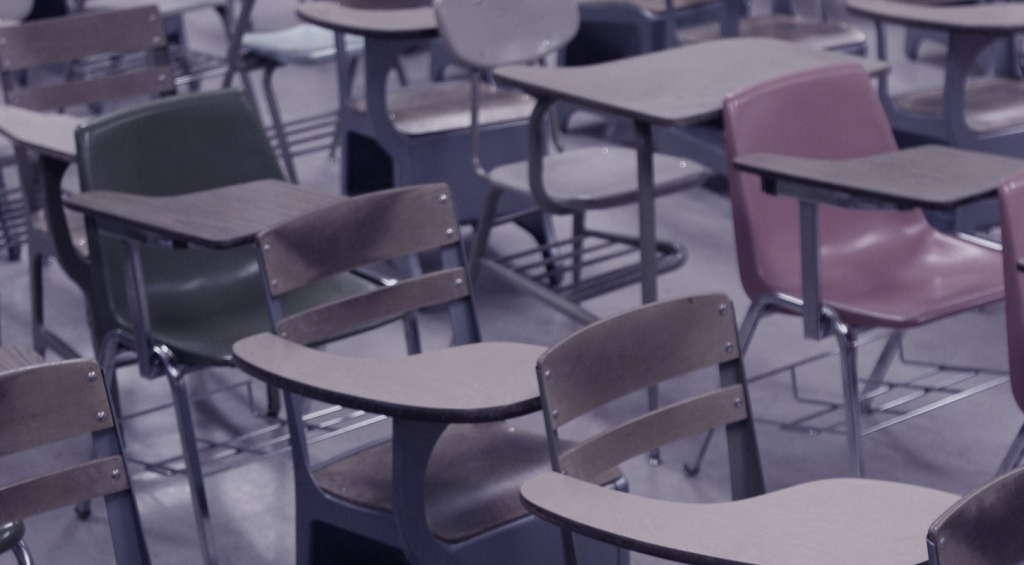
Regular school attendance is a recurring challenge for the 105,000 homeless students in New York City Public Schools. During the 2016–17 school year, 36%, or approximately 36,000, of these students were chronically absent, missing more than 10% of the year, or over three weeks of school. Close to 13,000 students (around 13% of all homeless…
Read More
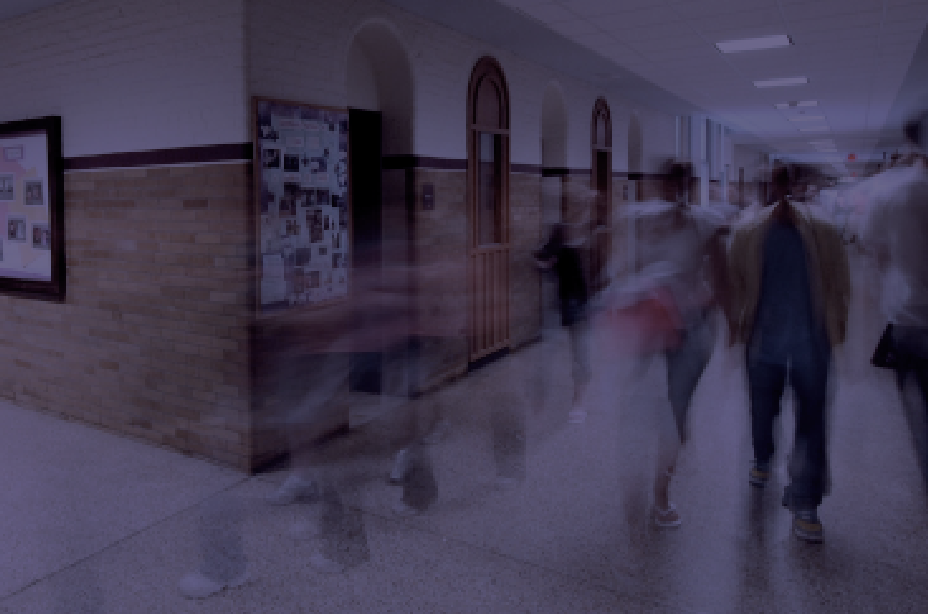
As 1.1 million New York City students head back to school next week, it is important to remember that 1 in 10 students experience homelessness every year, and as a result face unique educational challenges. Since 2010, over 220,000 students experienced housing instability while enrolled in New York City public schools. In fact, the number…
Read More


